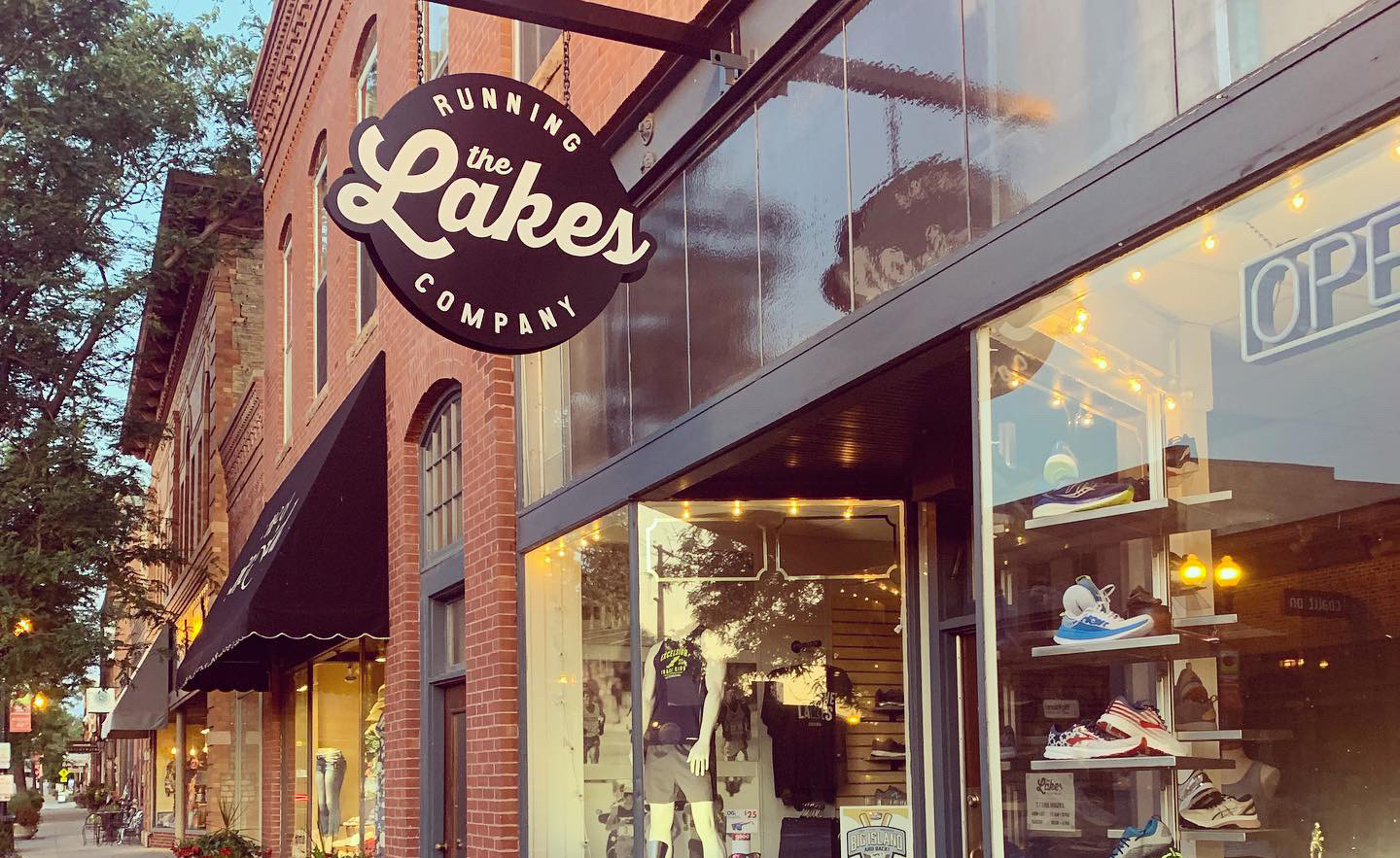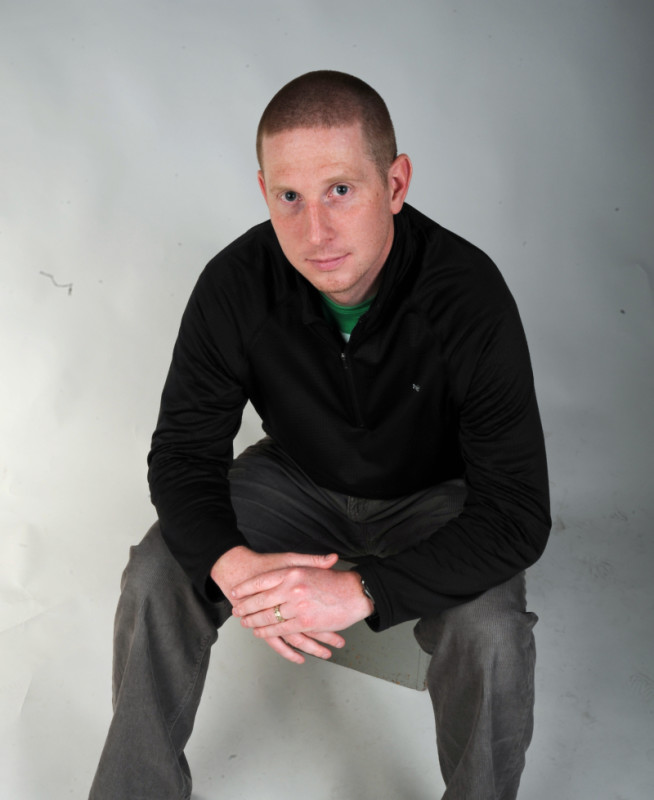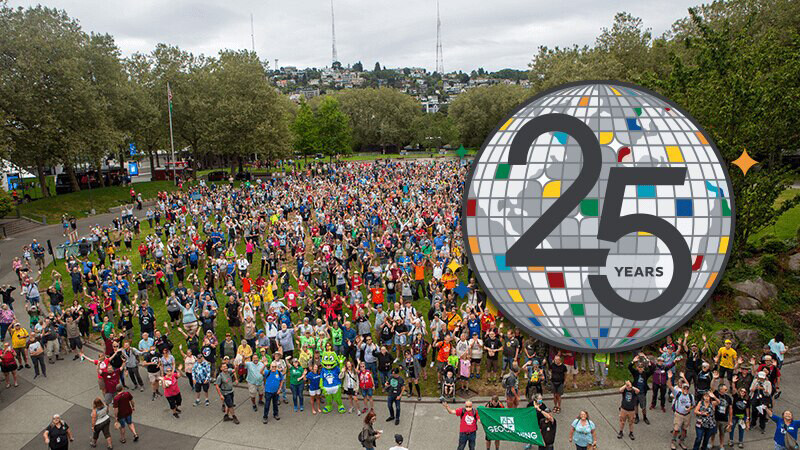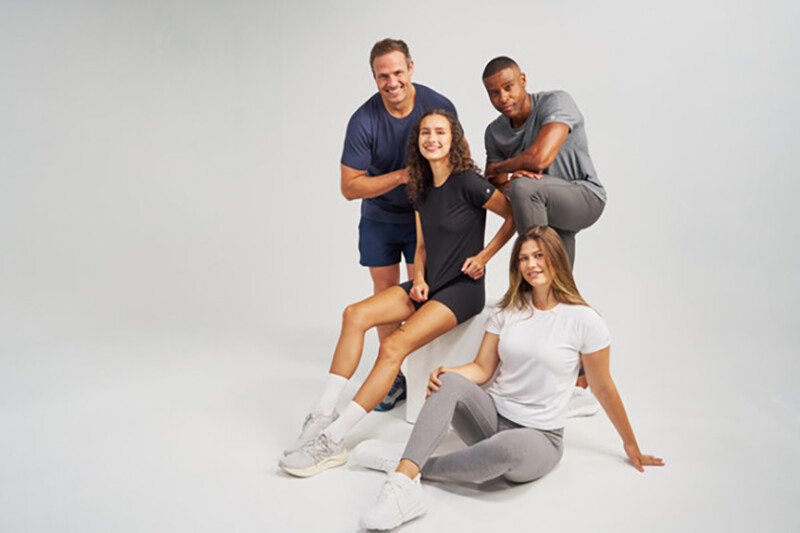Way back in 2008, Genie Beaver entered the run specialty game when she opened West Stride in north Atlanta. Her store sat next to a Blockbuster, arguably one of the nation’s most glaring examples of the retail sector’s fickle nature.
At the beginning, Beaver, a competitive soul who ran collegiately at Georgetown University, thought multiple West Stride units peppering metro Atlanta could be a possibility. As Beaver established West Stride, though, thoughts of expansion subsided, even as customers increasingly inquired about additional stores and landlords actively solicited West Stride as a tenant. For Beaver, a mother of two children who craves a work-life balance as much as delivering a premium retail environment, one store remains plenty.
“I can say with 100 percent certainty that’s not where I’m going,” Beaver says of a potential second West Stride unit.
Is Less Actually More?
Though the United States’ capitalist ethos champions more as better, running retailers like Beaver remind that’s not always the case. Whether motivated by past experiences, market forces or a refreshing case of self-awareness, many run shop owners stand content with one unit — even if that decision might cut against their very entrepreneurial fiber.
“Our mission and desire is to make this one store enjoyable and productive for everyone and we’ve directed our entrepreneurial drive to being exceptional at what we do in this store,” says John Benedict of Okemos, MI-based Playmakers, an industry powerhouse that, after growing to three stores in the 1980s, has held firm to its single-door business model since 1987.
Over the last three decades, Playmakers has thrived on that formula, albeit a supersized one with some 120 employees and a 22,000-square-foot home in a former Barnes & Noble. According to Benedict, Playmakers has enjoyed 15 consecutive years of sales growth.
Though Playmakers’ brass has contemplated expansion and been approached with opportunities, additional units don’t appeal to Benedict. He fears added stores would water down staff, cannibalize business at “the mothership” and, in some cases, infringe upon its fellow running retailers – and friends – in Michigan.
“There are markets we could go to and open a second store, but at what cost?” Benedict says.
Being Self-Aware
Like Playmakers, Stephanie Blozy needed to own multiple stores to know she just wanted one.
From 2014-2016, Blozy, head of Fleet Feet West Hartford since 2008, owned a women’s apparel and bra shop in a storefront about 50 yards away from her Fleet Feet outlet. Despite the stores’ proximity, Blozy found the arrangement unnerving. She struggled to divide her time and frequently felt compelled to be at one store when she was at the other.
“That experience gave me the confidence to know I didn’t want multiple stores,” says Blozy, whose Fleet Feet operation was a recent Best Running Stores in America finalist. “I feel I can manage a great store because I’m in the business and can directly address what’s happening within my walls.”
While Blozy’s confident she could make additional stores profitable and admits she sometimes feels peer pressure to open an additional store, she insists expansion isn’t on her mind. She has little appetite for enlarging her workforce, managing the flow of product between multiple stores or further taxing the work-life balance.
“It’s not me,” she says of owning additional units. “I want to give my all to one place and let that be my beacon.”
Maintaining Focus
About an hour’s drive from Blozy’s Hartford location, Megan Searfoss is settling into single-unit life in Ridgefield, CT, following a brief dalliance with two shops.
For a year, Searfoss ran Ridgefield Running Company and, less than a half mile away, Everywear on Main, a lifestyle and athleisure store on her New England town’s historic Main Street. The endeavor proved challenging, she says.
“As a business owner, you’re constantly trying to craft the experience and this can be a real struggle with a second store no matter how good the manager is,” Searfoss says.
While Everywear on Main hit a nice stride in its opening year, Searfoss elected to close the concept in March 2019. She moved Ridgefield Running Company from its tucked-away location on the downtown’s periphery into the highly visible Main Street storefront, where it has enjoyed a strong uptick in business.
“I like having the one door,” she says. “Every day, I’m present to hear the conversations and feel the pulse of the store.”
Still, Searfoss, fueled by entrepreneurial energy, acknowledges the urge to expand looms. After all, her business is on solid ground and the run specialty channel is ticking upwards after some lean years. Enticing opportunities tug on her adventurous soul, but she catches herself.
“I need to champion [Ridgefield Running Company] before I go on,” she says. “It’s not time for a roadshow.”
Running Stores Aren’t Widgets
Unlike Blozy or Searfoss, Pete Miller never intended to operate two retail locations.
A few months after purchasing the Run N Fun location on the western edge of Minneapolis in January 2018, however, Miller encountered a charming vacant space in downtown Excelsior, MN. Seeing that location as a more promising long-term play, Miller signed a lease and opened The Lakes Running Company there in January 2019.
While waiting for the Minneapolis store’s lease to expire – Miller had rebranded that Run N Fun store into The Lakes Running Company as well – Miller operated the two running stores simultaneously for three months. It was, he says, “disconcerting,” especially since he spent much of his time in Excelsior laying the groundwork for that store’s future.
“Sure, I could talk to employees [at the Minneapolis store] and look at the numbers, but that didn’t show me the actual goings-on of the sales floor. How are we engaging customers? How are we interacting with people? I couldn’t see that firsthand,” Miller says.
If that unsettling experience didn’t convince Miller that a single unit was his immediate calling card, then the irreplicability of Excelsior has. In the competitive Twin Cities market, a metro area peppered with numerous established running stores, The Lakes Running Company is 10 miles clear of any run specialty competitor. That distance has enabled Miller to define his own marketplace niche, craft partnerships with local running programs and become an active community player in a way he couldn’t in the Minneapolis location.
“When people ask about expansion, I say, ‘I don’t know where else I’d find this,’” Miller says. “I see a lot of room for growth in this location and a lot of people walking in our door who haven’t had this type of experience before.”
Might expansion be a possibility down the line? Possibly, Miller admits, but any serious exploration stands years away.
“There’s so much work to do here first,” he says. “What’s the rush?”







